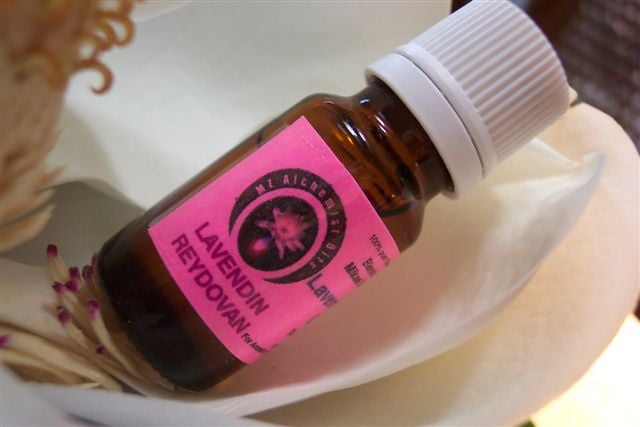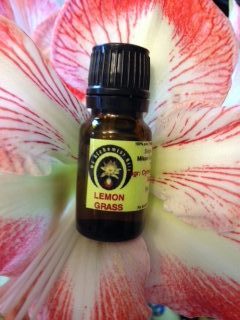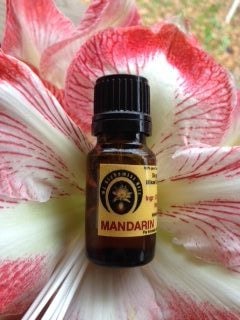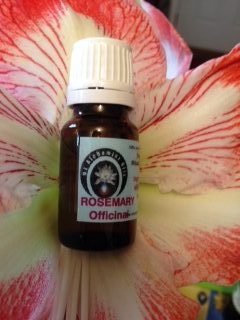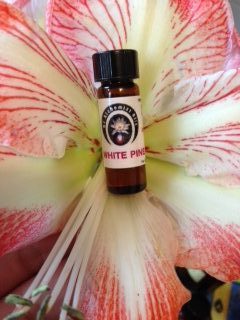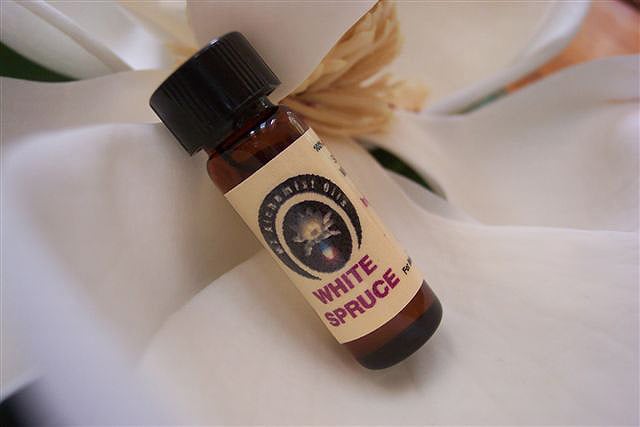Tara
Tara: Eucalyptus, Goldenrod, Palmarosa, Hyssop, Myrrh, Frankincense
Goddess of Peace and Abundance
Goddess Tara is probably the oldest goddess who is still worshipped extensively in modern times. Tara originated as a Hindu goddess, the Mother Creator, representing the eternal life force that fuels all life. There are many embodiments of Tara, but the best known are the White Tara and the Green Tara. The peaceful, compassionate White Tara gently protects and brings long life and peace. The more dynamic goddess, Green Tara is the “Mother Earth”, and a fierce goddess who overcomes obstacles, and saves us from physical and spiritual danger.
In Sanskrit, the name Tara means Star, but she was also called She Who Brings Forth Life, The Great Compassionate Mother, and The Embodiment of Wisdom, and the Great Protectress. Adopted by Buddhism, she became the most widely revered deity in the Tibetan pantheon. In Buddhist tradition, Tara is actually much greater than a goddess — she is a female Buddha, an enlightened one was has attained the highest wisdom, capability and compassion…one who can take human form and who remains in oneness with every living thing. In the legends of Tibet where the worship of the Goddess Tara is still practiced in the Buddhist tradition, it is told that the goddess Tara is the feminine counterpart of the Avalokitesvara, the Buddha who is reincarnated as the Dalai Lama.
Goddess Tara in her many incarnations has many gifts to share with contemporary women. Tara embodies the feminine strengths of great caring and compassion, the ability to endure stressful and even terrifying moments, the acts of creation, and the source of sustenance and protection. Refugees fleeing the horrors of the occupation of Tibet by the Chinese armies recounted numerous stories of the Green Tara that protected them during their torture and guided their flight to freedom. In other of her forms, such as the White Tara, she embodied inner peace and spiritual acceptance. She symbolizes purity and is thought to be part of every good and virtuous woman.
To bring peace and harmony in relationships for couples and family members, apply 2 or 3 drops under the feet around toes.
Personal experience: The oil goes to the stomach meridian (dealing with inner chatting & excessive thinking)
It helps you go through life with open eyes. It works as a pair with MARY. It will open you to guidance. Apply drops on forehead on either side of the 3rd eye and the tip of the brow. LT
White Ray
White Ray: Lavendin, White Pine, White Spruce, Canadian Tsuga, Balsam Fir, Neroli, Angelica,
It works well for people already on their path. But Lana does not advise this blend for people depressed as Beams of Light may hit shadow aspects of the personality or repressed memories.
Just smell or sniff it. That is enough.
Cedarwood, Atlas, Cedrus Atlantica – United States
$9.00 – $24.00
Cedarwood, Atlas, Cedrus Atlantica – United States
100% pure and natural oil, distilled from the wings of the tree.
Excellent for balancing fluids in the body especially fluid retention.
It is a powerful essential oil, astringent and tonic, to be used diluted in a suitable vegetable oil (jojoba, coconut etc)
Ideal when blended with white pine and black spruce.
Argania, Cold Expressed – Morocco
$10.00 – $25.00
Argania, Cold expressed vegetable oil Morocco or Argan 0il
Argan oil is produced by several women’s co-operatives in the southwestern parts of Morocco. The most labour-intensive part of oil-extraction is removal of the soft pulp (used to feed animals) and the cracking by hand, between two stones, of the hard nut. The seeds are then removed and gently roasted. This roasting accounts for part of the oil’s distinctive, nutty flavour. [Wikipedia}
The traditional technique for oil extraction is to grind the roasted seeds to paste, with a little water, in a stone rotary quern. The paste is then squeezed by hand in order to extract the oil. The extracted paste is still oil-rich and is used as animal feed. Oil produced this way can be stored and used for 3–6 months, and will be produced as needed in a family, from a store of the kernels, which will keep for 20 years unopened. Dry-pressing is becoming increasingly important for oil produced for sale, as this method allows for faster extraction, and the oil produced can be used for 12–18 months after extraction.
The oil contains 80% unsaturated fatty acids, is rich in essential fatty acids and is more resistant to oxidation than olive oil. Argan oil is used for dipping bread, on couscous, salads and similar uses. A dip for bread known as amlou is made from argan oil, almonds and peanuts, sometimes sweetened by honey or sugar.
Medicinal Uses
The unroasted oil is traditionally used as a treatment for skin diseases, and has become favoured by European cosmetics manufacturers.
Amber, Tunisia
$11.00 – $32.00
Amber, Tunisia. Oil of Amber is a transparent, yellow oil, procured from succinic acid (spirit of amber) by increasing the heating temperature. It was produced by repeated distillation. It is very fluid and penetrative and was once used as an antihysteric and emmenagogue. [wikipedia]
Historic medicinal uses
Amber has long been used in folk medicine for its purported healing properties.[42] Amber and extracts were used from the time of Hippocrates in ancient Greece for a wide variety of treatments through the Middle Ages and up until the early twentieth century.[citation needed]
Scent of amber and amber perfumery
In ancient China it was customary to burn amber during large festivities. If amber is heated under the right conditions, oil of amber is produced, and in past times this was combined carefully with nitric acid to create “artificial musk” – a resin with a peculiar musky odor.[43] Although when burned, amber does give off a characteristic “pinewood” fragrance, modern products, such as perfume, do not normally use actual amber. This is due to the fact that fossilized amber produces very little scent. In perfumery, scents referred to as “amber” are often created and patented[44][45] to emulate the opulent golden warmth of the fossil.[46] The modern name for amber is thought to come from the Arabic word, ambar, meaning ambergris.[13] Ambergris is the waxy aromatic substance created in the intestines of sperm whales and was used in making perfumes both in ancient times as well as modern. The scent of amber was originally derived from emulating the scent of ambergris and/or labdanum but due to the endangered status of the sperm whale the scent of amber is now largely derived from labdanum.[47] The term “amber” is loosely used to describe a scent that is warm, musky, rich and honey-like, and also somewhat oriental and earthy. It can be synthetically created or derived from natural resins. When derived from natural resins it is most often created out of labdanum. Benzoin is usually part of the recipe. Vanilla and cloves are sometimes used to enhance the aroma.
“Amber” perfumes may be created using combinations of labdanum, benzoin resin, copal (itself a type of tree resin used in incense manufacture), vanilla, Dammara resin and/or synthetic materials.[43]
Balsam Fir, Abies Balsamea – Canada
$14.00 – $42.00
Balsam Fir, Abies Balsamea – Canada
This organic essential oil of Balsam fir from Canada is distilled from the needles of the tree.
Medicinal Uses
Both varieties of the species are very popular as Christmas trees, particularly in the northeastern United states. The resin is used to produce Canada balsam, and was traditionally used as a cold remedy and as a glue for glasses, optical instrument components, and for preparing permanent mounts of microscope specimens. The wood is milled for framing lumber, siding and pulped for paper manufacture. Balsam fir oil is an EPA approved nontoxic rodent repellent. The balsam fir is also used as an air freshener and as incense.










